Religious houses open doors to the working world
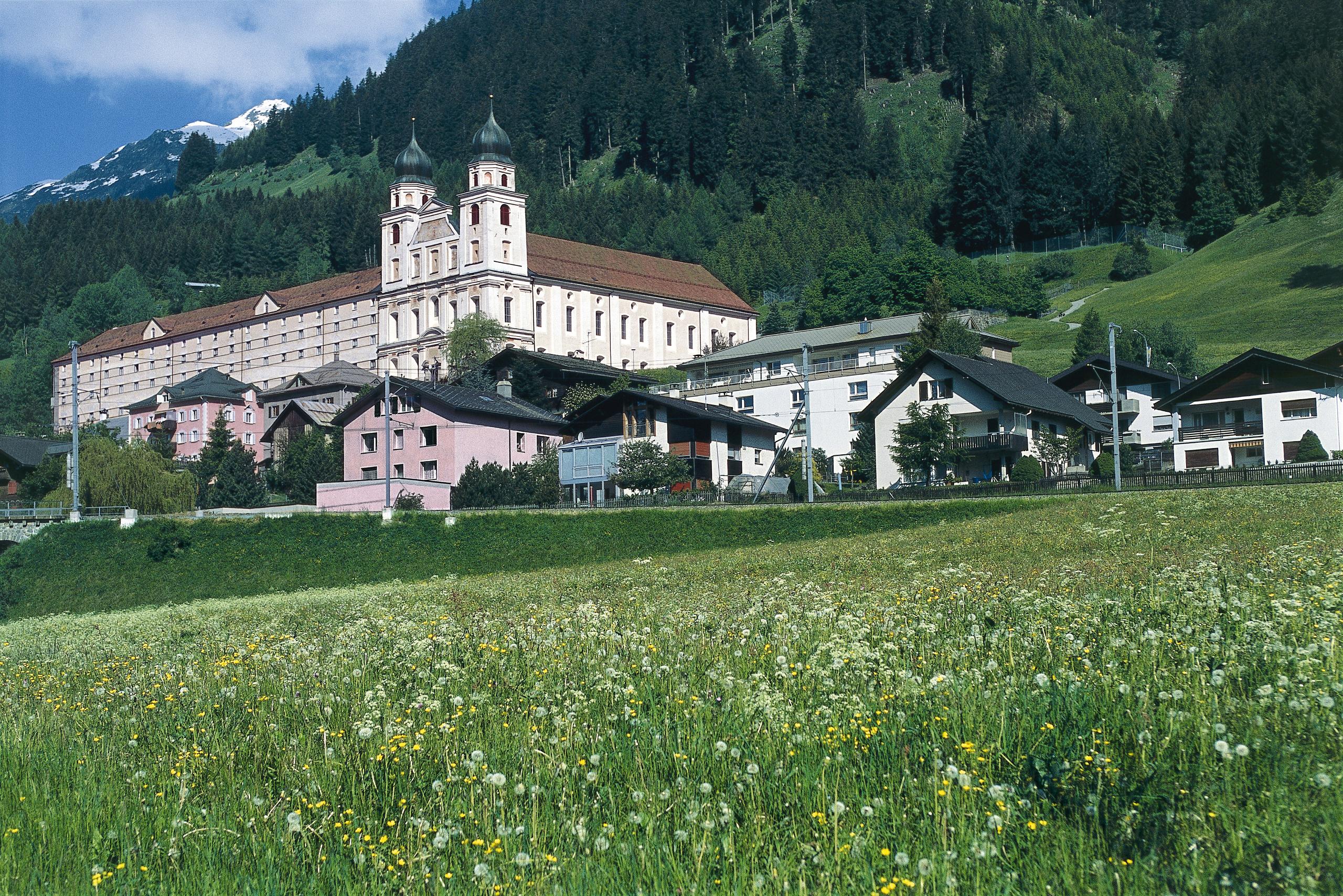
Swiss monasteries have always offered hospitality to wayfaring strangers, and people needing time to think could go there to get away from it all. Today, with fewer members, the religious orders are using these strengths to create a new kind of business.
The Benedictine monastery of Disentis stands on a hill above the village, a fortress-like building with a massive façade. Visitors are first greeted by its magnificent Baroque chapel with twin towers, before passing through the monastery’s large door. Inside, a few black-robed monks receive you, but at 28 the community is not large.
The monastery last year celebrated the 1,400th jubilee of its foundation. Today there is still a cloister for the monks, while the rest of the monastery is open to visitors. The Disentis Benedictines also run a major secondary boarding school.
Now the monastery has set its sights on becoming a seminar and conference centre too.
Just as the monks can live enclosed in their cloister, business people feel the periodic need to cloister themselves away from distractions for a day-long or weekend meeting, says Vigeli Monn, the current abbot. A native of the nearby Romansh village of Sedrun, he was once a Swiss Guard in Rome.
“Away from stress, no telephone – that’s the basic idea” concurs Silvio Bernasconi, a layman who is the cellarer, that is, head of food and drink for the monastery and also of its seminar business. Originally from canton Ticino, he has managed hospitality in places as far afield as Chile and Toronto.
He gives a quick tour of the wings of the monastery currently being made over for use as accommodation rooms for visitors, or as seminar rooms. “The restaurant facilities are there already. We can host banquets of 200 people. The second stage is providing all the rooms.” (The monastery said they didn’t have figures on the cost of the renovations.)
Value added
Asked about his vision for the seminar business, the abbot says: “It’s more than just a seminar or meeting experience. Staying in a living monastery can provide ‘value added’ for personal development, relationships in the family and community, even leadership in companies and organisations.”
For Abbot Vigeli and his monks, opening their doors to seminar-goers is a win-win situation. “We have the free space. They choose to come to us. There are other places they could go – but we offer something extra: they can attend the liturgy of the hours, have a talk with a monk. But we don’t make it a condition that they should want this.”
When asked where the seminar business fits into the monastery’s financial plans, the abbot notes that this venture “is going to have to pay its own way”.
“The school is our major business,” he explains. “This is to be another business. Call it diversification.” He uses such management jargon with a smile. “The infrastructure is there already, and we want to make better use of it.”
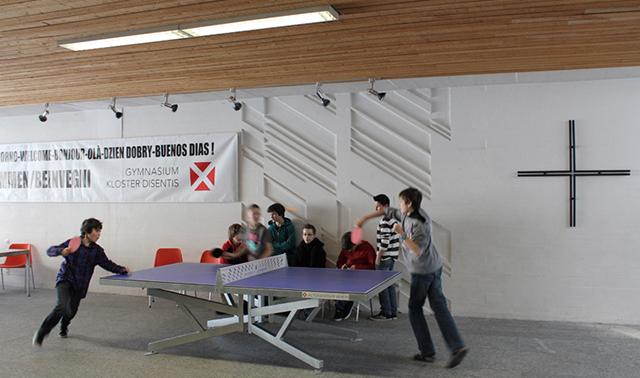
Will the Benedictines still be part of the picture in the years to come, or could the monastery eventually become a secular conference centre run by lay people? “As long as we are here, we will do our best to provide access to the monastery community,” says the abbot. “We don’t know what the future holds – it depends on our recruitment. But things seem to work at the moment.”
Culture of quiet
As religious houses go, it would be hard to imagine a more complete contrast to Disentis than Bad Schönbrunn outside Zug. The Jesuits have made their Lassalle House here a place of encounter between East and West, between Catholicism and the Japanese Zen spirit. Their courses and seminars for business are an extension of this spiritual ethos.
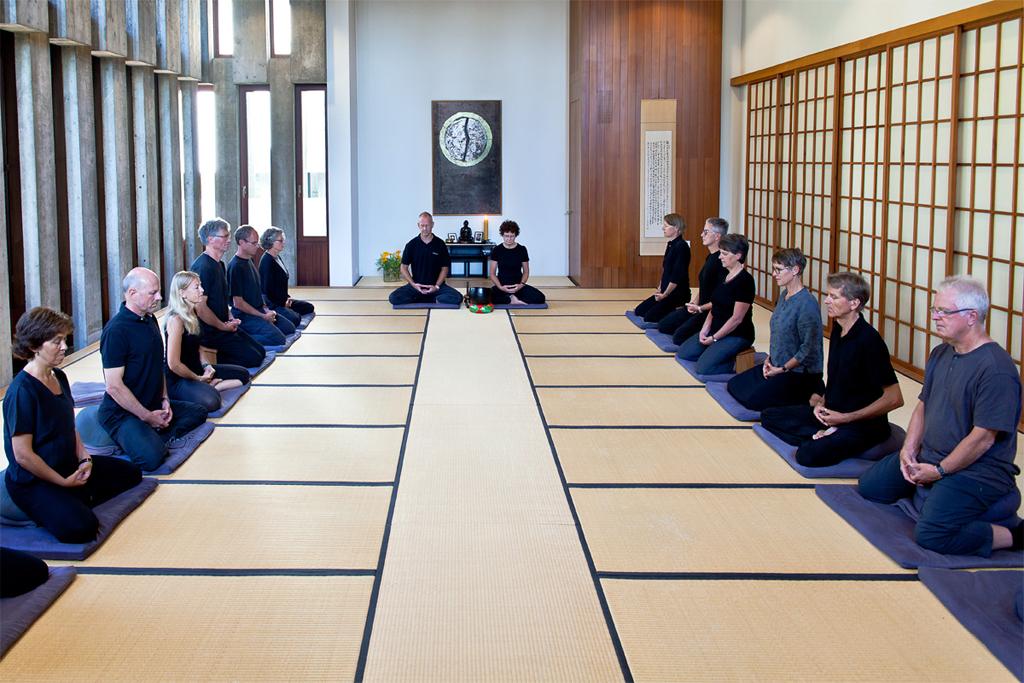
The complex was designed in a spare modern style to go with the theme. Tree-lined paths lead to the various buildings where seminars and meetings are held. Guests walk down hushed corridors to a spare whitewashed room with a cross on the wall and no TV. Outside your window you see a pond with koi in it, and a Japanese garden. A quiet, meditative atmosphere – you could be in Asia as much as in Europe. There is also a modern chapel, where one of the Jesuits says Mass.
At the moment, the house is being renovated, so the Jesuits have had to move temporarily to the nearby convent of Menzingen. Tobias Karcher is the head of the community. “We are not just a training centre, but a spiritual centre,” says the German Jesuit. “Our spiritual teachers enjoy credibility. They are real personalities in their field.”
Yet they are increasingly offering seminars for businesses. “Encounters and contacts are now happening that did not seem possible before. Today fewer people are aware of religious traditions like spirituality. On the other hand, prejudices against Jesuits, especially here in Switzerland, are now a thing of the past.”
The preferred scenario is where corporate clients come to take the courses the centre offers, Karcher says. There are cases where organisations hire out their space, but, he notes, Bad Schönbrunn is a conference centre only to a limited extent. “We have a ‘culture of quiet’ which makes certain demands. We are happy to offer our infrastructure for selected outside courses, but we are often fully taken up with our own programmes.”
In the courses they offer to corporate clients like Swisscom, they specialise in mindfulness and values orientation. “Mindfulness helps to resolve overwhelming stress”, and discussing values helps people “set limits for their work-life balance – where does the company end and where do I begin?”
So in future, how much spirituality (Zen, yoga, meditation), and how much of the other course content will there be? Two-thirds will be spirituality, one-third will be other programmes, Karcher says.
Asked about the financial viability of the centre, Karcher explains that the Jesuit order expects its houses to be self-supporting in what they do. Lassalle House “is able to support our operations independently, and will continue to do so”, he says. “Otherwise we would have to shut the place down.”
He concedes that his order is not recruiting many new members, but there is still a steady trickle. “So our future does not look bad, because about three Jesuits can lead and guide a spiritual centre like this.”
The Disentis monastery has had a chequered history. It was burned by the marauding Saracens once in the Middle Ages. One of the abbots became a Protestant at the time of the Reformation and defected with a few of his monks. The monastery was burned by Napoleon’s troops in 1799, the “year of the French”, in retaliation for local resistance supposedly fomented by the Benedictines; as a result the priceless archives and library were lost, and the monastery left a ruin.
“The buildings of the Abbey of Disentis loomed in the distance, a white and ghostly pile”. Thus James Fenimore Cooper, author of The Last of the Mohicans, describes the place on his visit to Graubünden in 1828. “I entered without ceremony, in the hope of meeting a monk”, he says, but found none, and thought the place had been abandoned. But Disentis was soon rebuilt and regained the importance it has held in Graubünden until today.
The Jesuits have had a difficult history in Switzerland. The modern Swiss republic of 1848 banned them from operating schools in the country, putting a clause to this effect in the constitution that was only repealed by a popular vote in 1973.
The Jesuits took over Bad Schönbrunn in 1929 when it was a health spa in the countryside outside Zug and used it as a religious house. In 1968 it was completely rebuilt to a design by Zurich architect André Studer. When Niklaus Brantschen SJ took over in 1993, he named the monastery after his teacher Hugo Lassalle, a Jesuit who had worked in Japan – he was in Hiroshima in 1945 and survived the atom bomb – and who had studied Zen and become a major mediator between Eastern and Western spirituality. The monastery now developed into a centre of spirituality (Zen and Yoga) and Zen arts and inter-religious dialogue. This reflects the long involvement of the Jesuit order in Asia since its foundation in the 16th century and the missionary travels of founding member St Francis Xavier, which brought him as far as Japan.

In compliance with the JTI standards
More: SWI swissinfo.ch certified by the Journalism Trust Initiative
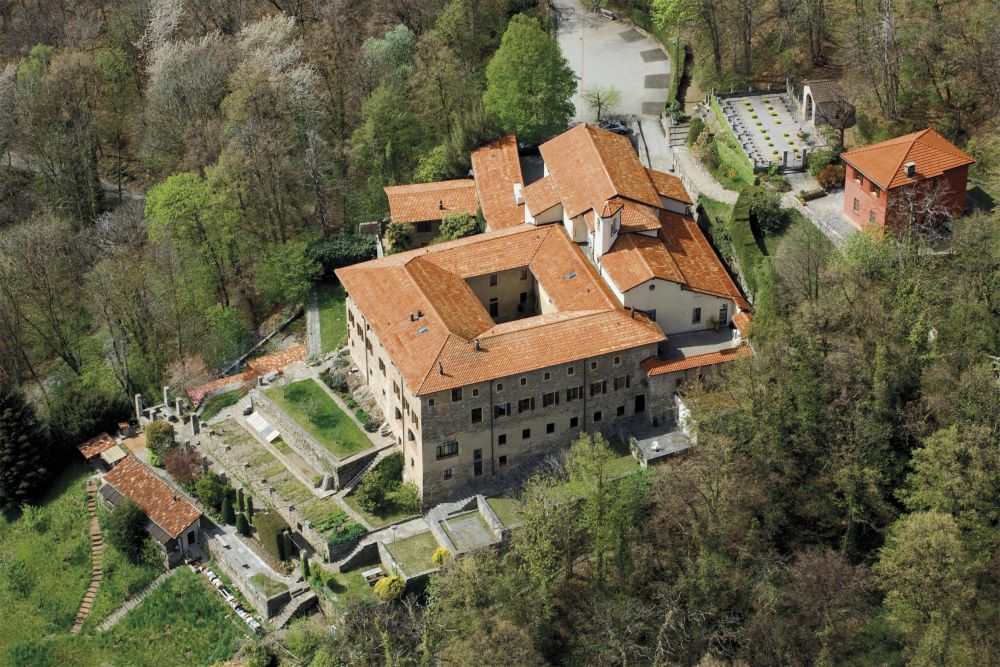
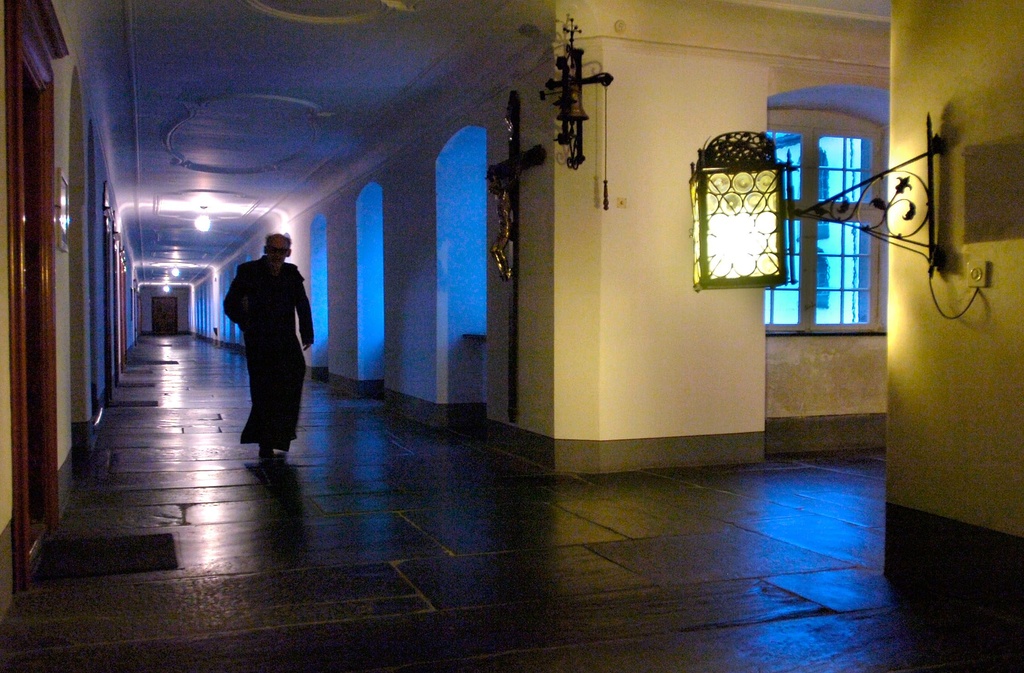
You can find an overview of ongoing debates with our journalists here. Please join us!
If you want to start a conversation about a topic raised in this article or want to report factual errors, email us at english@swissinfo.ch.